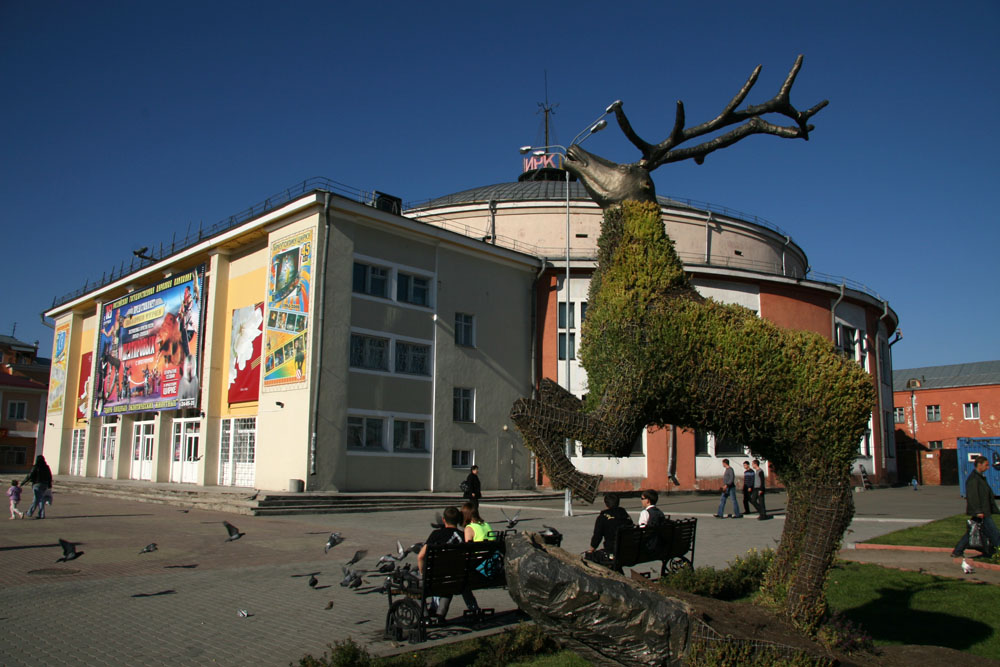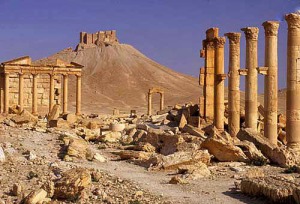
Here is another brief extract from my book Westering that was published earlier this year by Saraband. This time it concerns my transit on foot through the territory of the Black Country that lies to the west of Birmingham. I have included a few black and white images to illustrate the text here. These are not in the book itself but might help give a flavour of what the area is like.

Extract from Chapter 15 – City of Metal
Here was the Black Country and now I was walking on sunshine: the sunshine that lay captured in carbon in the earth below. The sunshine trapped by swampy tropical forests of trees and ferns that, over tens of millions of years of compression, had transformed to a solid energy-rich fuel source; the black rock that set the Industrial Revolution in motion around two hundred years ago – a period of time that on the geological scale of things was little more than a blink of an eye.
Thanks to the thirty-foot-thick seam of coal beneath the ground, Oldbury was at the forefront of the Industrial Revolution. Four blast furnaces operated in its vicinity between the 1780s and 1860s but, as the fortunes of coal mining and steel-making declined in the region in the late 19th century, brick-making took over, exploiting the deposits of Etruria marl that were also found in abundance beneath the coal seam. The town’s underlying geology was generous to a fault: the clay was perfect for manufacturing Staffordshire blue brick, a hard-wearing, non-porous brick ideal for use in foundations, bridges, steps and tunnels – the essential hardware of Black Country business. Tar distilling, chemical manufacturing and boiler-making industries also took root in the district later on. The inevitable result was a besmirched landscape – a ‘black country’ – an environment littered with spoil heaps, abandoned quarries, cavernous marl pits and unbridled chemical pollution. In its heyday, the Black Country had been highly productive – a soot-blasted territory of glowing foundries and clanging metal – but now that energy has drained away.


Extract from Chapter 16 – Black over Bill’s Mother’s
At Brierley Hill I came across a new waterfront development complex that was named, somewhat unimaginatively, The Waterfront. It still did not seem quite finished and many of the individuals milling round the car park sported hard hats and high-visibility jackets: surveyors, property developers and the like – the storm troopers of real estate. Merry Hill, a little further along the canal, had a large hotel advertising FAIRYTALE WEDDINGS, a promotion reinforced by a giant love heart inscribed WILL YOU MARRY ME? On the opposite bank was Brewer’s Wharf, a Victorian pub complex that looked as if it had been there since the time that navvies had come over from Ireland to dig the canals. Its tall chimney bore the legend BANKS’S in bold white lettering. Banks’s, the Wolverhampton ale that quenched many a nail-maker’s thirst in these parts – it seemed a shame that the secretive Banksy could not be employed to make some sort of joint venture with his own art here: a Banksy Banks’s.
The vast Merry Hill shopping centre is probably the Black Country’s biggest draw for anyone with a car and a credit card. It has been in business long enough – since the 1980s – for the shopping complex to be as much a fixture on the mental map of those who live in the area as somewhere with deeper historic entitlement, such as Dudley Castle. More like a diurnal new town than a shopping complex, Merry Hill is defiantly self-absorbed – a world unto itself that has little to do with the canal that passes it by or the industrial heritage of the area. Its retail workers know nothing of lung-clogging coal dust or searing hot metal. Their world is one of special offers, stock-taking and refund protocol.


Further along the canal, Nine-Locks Bridge marks the beginning of Delph Locks, a flight of locks – originally nine but eight now – that cascades downhill to the lower country around Stourbridge, whose sprawl of rooftops could now be seen below.
At the bottom was a pub appropriately called The Tenth Lock. This was prime territory for murder ballads. The dark watery world of the locks was a fine setting for tales of drowning and lovers’ trysts gone badly wrong: a Victorian world of smoke and reeking factories, of hard lives; a polluted monochrome world, of choking industrial fogs that played tricks with the vision and mind.




















































 Ferris wheel, Toktogul, Kyrgyzstan
Ferris wheel, Toktogul, Kyrgyzstan View of Manas Square from Bishkek Ferris wheel, Kyrgyzstan
View of Manas Square from Bishkek Ferris wheel, Kyrgyzstan Panfilov Park, Bishkek, Kyrgyzstan
Panfilov Park, Bishkek, Kyrgyzstan












